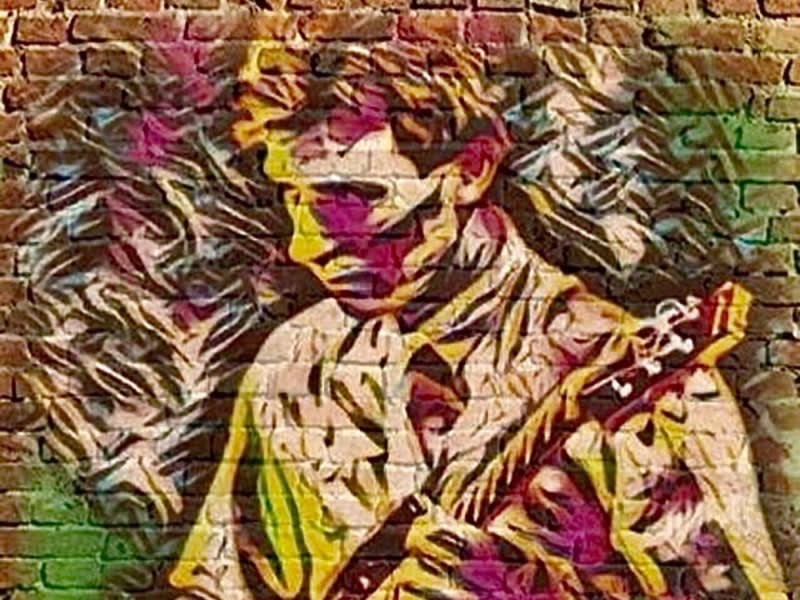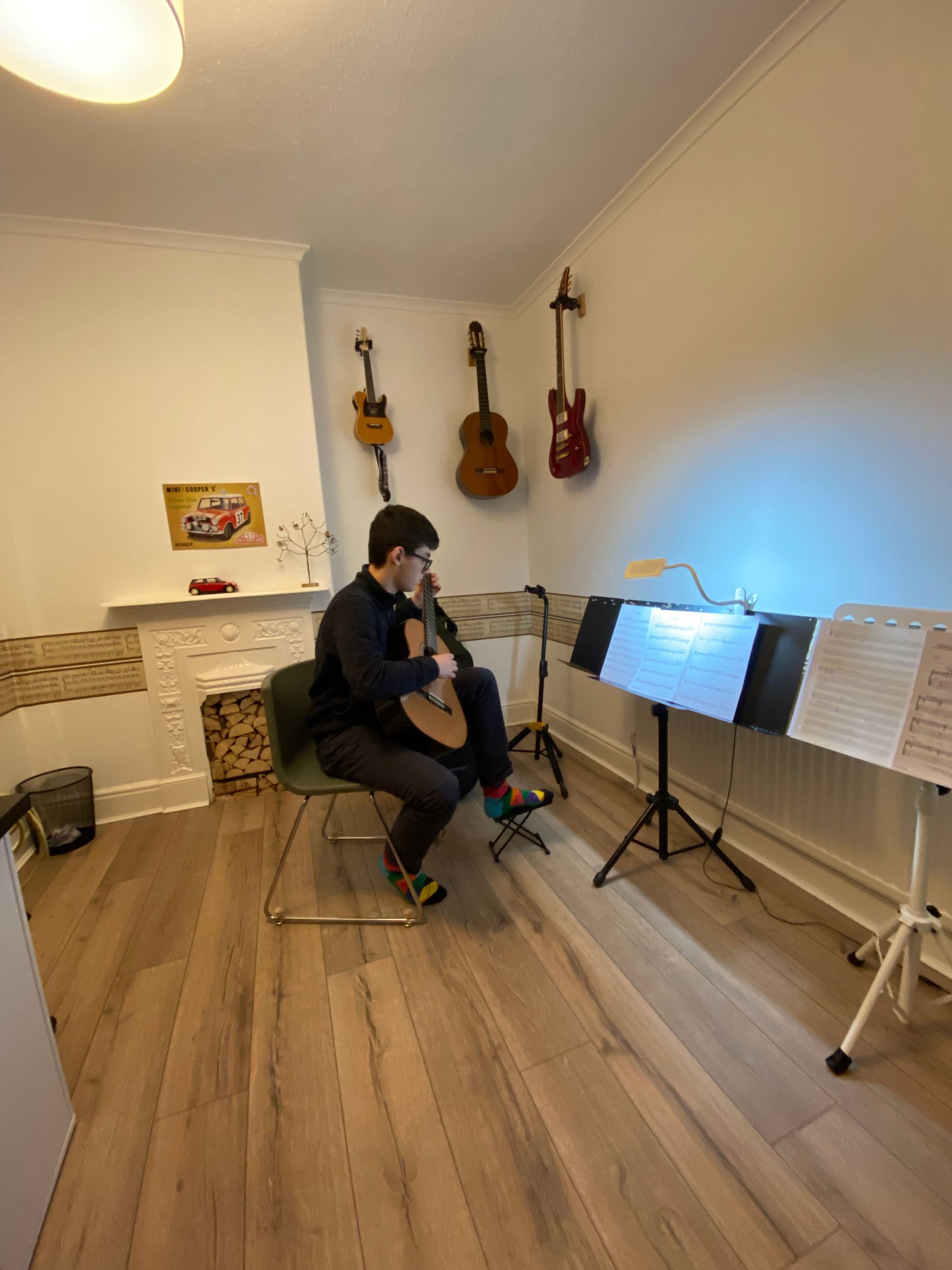6th January 2024
Time and rhythm are probably the most important aspects of music.
Time and rhythm combined is probably the most important aspect of music, along with phrasing.
Phrasing is a product of the control over time and rhythm.
That is true for all styles of music.
Find a good teacher and experienced musician who can show you how to use a metronome effectively.
Patience and diligent attention to the details of every aspect of the music is essential.
If you learn how to use a metronome properly, you will be amazed at the difference it will make to your playing.
Use a metronome when practising.
It is a skill in itself, but once you have learned how to use one correctly, you will experience an amazing improvement in your playing.
Learn to count out rhythms as you play to the metronome and play very slowly.
This reinforces every movement clearly and obviously develops correct timing.
Use the metronome on short passages first, then link passages as each becomes more accurate.
Westside Guitar Studio Guitar Lessons Sheffield

Westside Guitar Studio Guitar Lessons Sheffield


